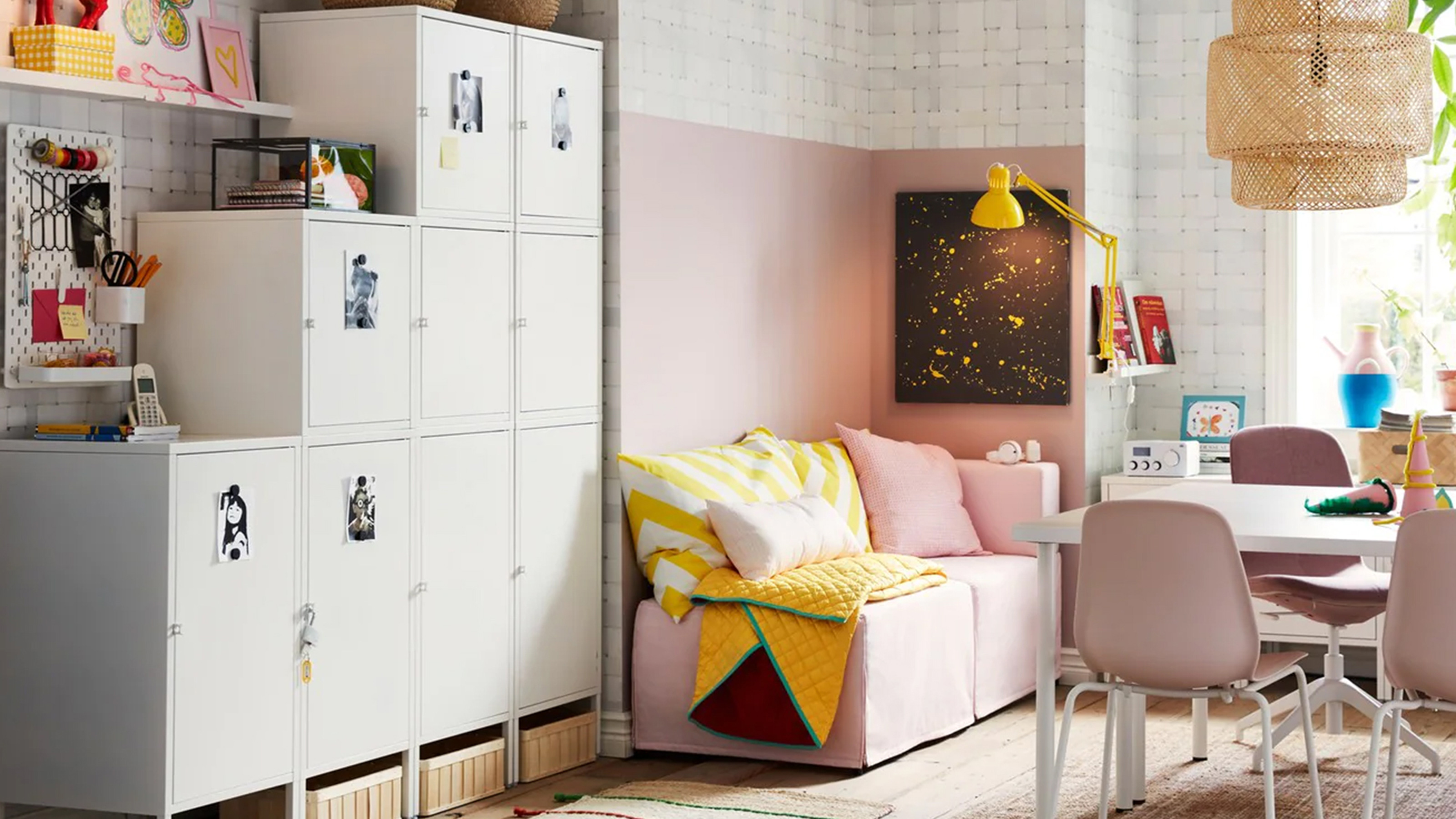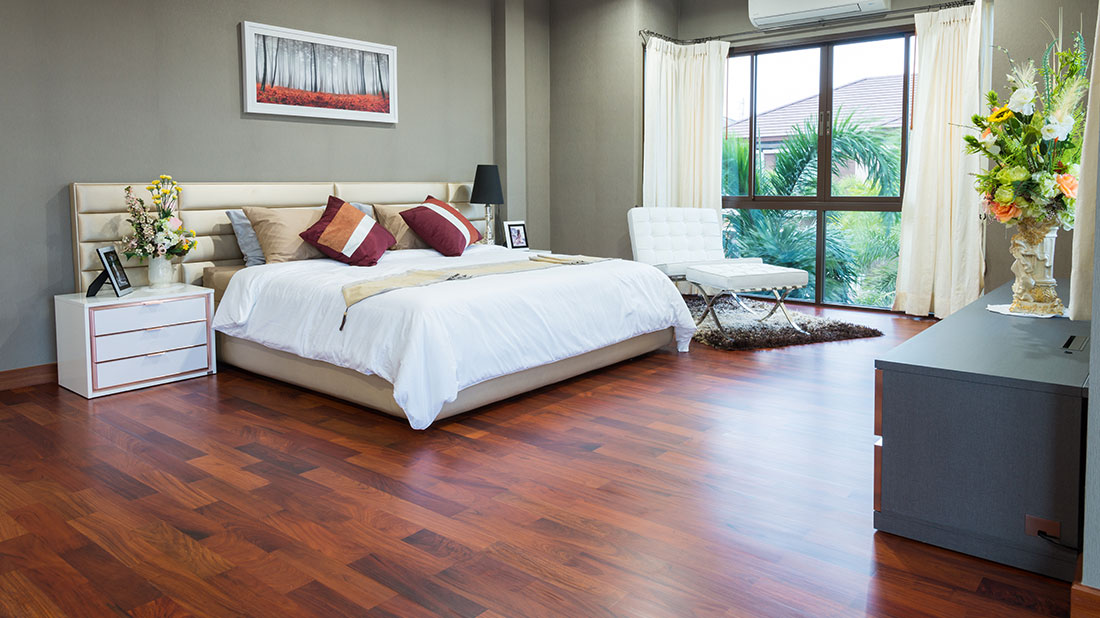
If you're a DIY enthusiast, you will understand how frustrating it can sometimes be to clean up dirt after completing a project. Engineers have been working for years on ways to stop this problem. ZipWall is a dust barrier that zips and fits snugly around any space. While the price tag is high, this is a great solution for DIY enthusiasts. Below are some useful tips for building your DIY dust barrier.
You can seal registers and air ducts with cardboard. These areas are easy for dust to escape, and can cause damage to your air filters. To prevent this, cover these areas with plastic or tape. Cover all areas of your home where dust is likely to accumulate and cause the most damage. If necessary, you can cover the entire room in thick plastic to create a temporary wall. This barrier will protect the area from the dust that will be blown around during the project.

Kits are also available pre-assembled and ready for use by those who have more experience. These kits can be used to make a dust barrier by yourself, and are similar to those sold by ZipWall. A kit could include four adjustable poles as well as two red Zip n' Close zippers. It also includes plastic sheeting and a carrying bag. All of these products can be easily assembled and are relatively inexpensive.
Another method for creating a DIY dust barrier is to use a sticker material that you can attach to the outside of the work area. These mats will prevent dirt from traveling out. They can also trap dirt and grit. After you have finished your project, take the sticky sheet off and replace it with another clean sheet. Sticker mats last about one year. This adhesive material is durable and comes in a package of 30 sheets. You can use the stickers to add your company logo to your DIY dust barriers, making your project stand out.
A DIY dust barrier is a great way to keep dust at bay when you are remodeling. A zipper can be used to cut plastic sheeting up to 10 feet wide. If you are using a large roll of plastic, make sure to cut it in half. You can then run it horizontally along the ceiling or floor. If the plastic is thinner, you can connect it horizontally so that it fits around the window.

Your DIY dust barrier must be strong enough to withstand heavy dust. It should be able to hold the amount of dust that you want to contain. A DIY dust shield should be strong enough for heavy objects. A DIY version should be strong enough to withstand dust particles. Be diligent when using the DIY system. The barrier will make the project easier. This includes a door kit that attaches to the frame.
FAQ
What should I do first in a house renovation?
Clean out your home and get rid of all clutter. Next, you need to remove any moldy areas, replace damaged walls, repair leaky pipes, and repaint the entire interior. You will need to clean up the exterior and paint.
Can you live in a house during renovation?
Yes, I am able to live in a house and renovate it.
Can you live in a house and have renovations ongoing? The duration of the construction works will affect the answer. If the renovation process lasts less than 2 months, then yes, you can live in your home while it's under construction. If the renovation takes longer than two weeks, however, you can't live in your home during the construction.
The reason why you should not live in your home when there is a major construction project going on is because you might get hurt or even killed due to falling objects from the building site. Noise pollution and dust from heavy machinery on the job site could also be a problem.
This is especially true if your house has multiple stories. If this happens, the sound and vibration caused by the construction workers can cause significant damage to your home and contents.
As I mentioned before, while your home is being remodeled, you'll have to manage the inconveniences of living in temporary shelters. This means you won’t have the same amenities as your own home.
When your dryer and washing machine are in repair, for example, you won't have access to them. In addition to the unpleasant smells of chemicals and paint fumes, you will have to endure the noises made by workers.
All these factors can lead to stress and anxiety among you and your family members. So it is important that you plan ahead so you don't feel overwhelmed by all the circumstances.
Do your research before you begin renovating your home. You can avoid costly mistakes later.
Also, it is a good idea to get professional help from a reputable contractor in order for everything to go smoothly.
Can I rent a dumpster?
You can rent a dumpster for debris removal after your home renovation. Renting a dumpster to dispose of your trash is a great option.
Can I do the whole renovation myself?
If you are able to do it yourself, why not pay someone else?
You may love DIY but there will come a time when you can't do it all by yourself. There could be too many variables to manage.
You might discover that the wiring in your home is not up to date. In this case, you'll need to hire an electrician to ensure that your electrical system works safely and reliably.
Consider that you may not be able repair any structural damage that might have occurred during the renovation.
It is possible that you don't have the right tools or the knowledge to do the job correctly. For instance, if you are planning to install a new kitchen sink, you'll need to buy a special tool called a plumber's snake which is used to clear clogged pipes.
Plumbing codes also require that you have a licensed plumber work on your project.
Let's just say that you must know what you can do before you undertake such a daunting task.
Ask for assistance from family and friends who have completed similar tasks before if you are uncertain.
They can advise you on the steps you should take and where to look for further information.
How can you remodel a house without spending any money?
If you are looking to renovate a house with no money, here are some steps:
-
Plan your budget
-
Find out which materials you require
-
You must decide where to place them
-
Make a list of things you need to buy
-
How much money do you have?
-
Plan your renovation project
-
Start to work on your plans
-
Do some online research
-
Ask your family and friends for assistance
-
Get creative
Statistics
- A final payment of, say, 5% to 10% will be due when the space is livable and usable (your contract probably will say "substantial completion"). (kiplinger.com)
- They'll usually lend up to 90% of your home's "as-completed" value, but no more than $424,100 in most locales or $636,150 in high-cost areas. (kiplinger.com)
- ‘The potential added value of a loft conversion, which could create an extra bedroom and ensuite, could be as much as 20 per cent and 15 per cent for a garage conversion.' (realhomes.com)
- The average fixed rate for a home-equity loan was recently 5.27%, and the average variable rate for a HELOC was 5.49%, according to Bankrate.com. (kiplinger.com)
- On jumbo loans of more than $636,150, you'll be able to borrow up to 80% of the home's completed value. (kiplinger.com)
External Links
How To
What amount should I spend to restore my old house?
Cost of renovating your house will depend on the number of rooms you want to upgrade, what type of renovations are planned, where you live, as well as whether you hire professional help. The average cost of renovation ranges from $10,000 to $50,000, depending on the size and scope of the project.
If you're planning to sell your home after the renovation, you'll likely receive less than market value if you don't take into account the costs of repairs, upgrades, and improvements. If you don't put enough effort into your home before it sells, you could even lose money. On the other side, if your home is in a good condition, you can get more money if you put in the effort.
To help you decide which projects to undertake first, consider these factors:
-
Your budget. Start small if you have a tight budget. You can start small, for example, by tackling one room at a given time. Or you can hire a contractor who specializes in kitchen remodeling to make some major changes without spending a lot of cash.
-
Priorities. Are you looking to improve the general condition of your house or fix specific problems? One issue can become a major problem quickly, so it's important to choose a single area. It is possible to end up replacing your roof sooner than anticipated if your roof leaks whenever it rains.
-
Your timeline. Consider your timeline. You wouldn't, for instance, want to put hardwood floors in your new house or change the bathroom fixtures if you plan to move next year. These updates might be best left until you are ready to move out of your current house.
-
Your skills. If you are unable to do a certain task, get someone else to do it. You might hire a cabinet maker if you don't have the skills to build custom cabinets.